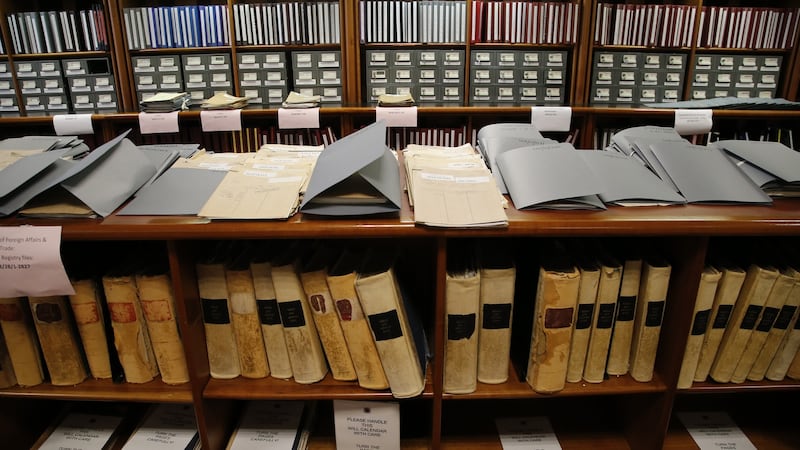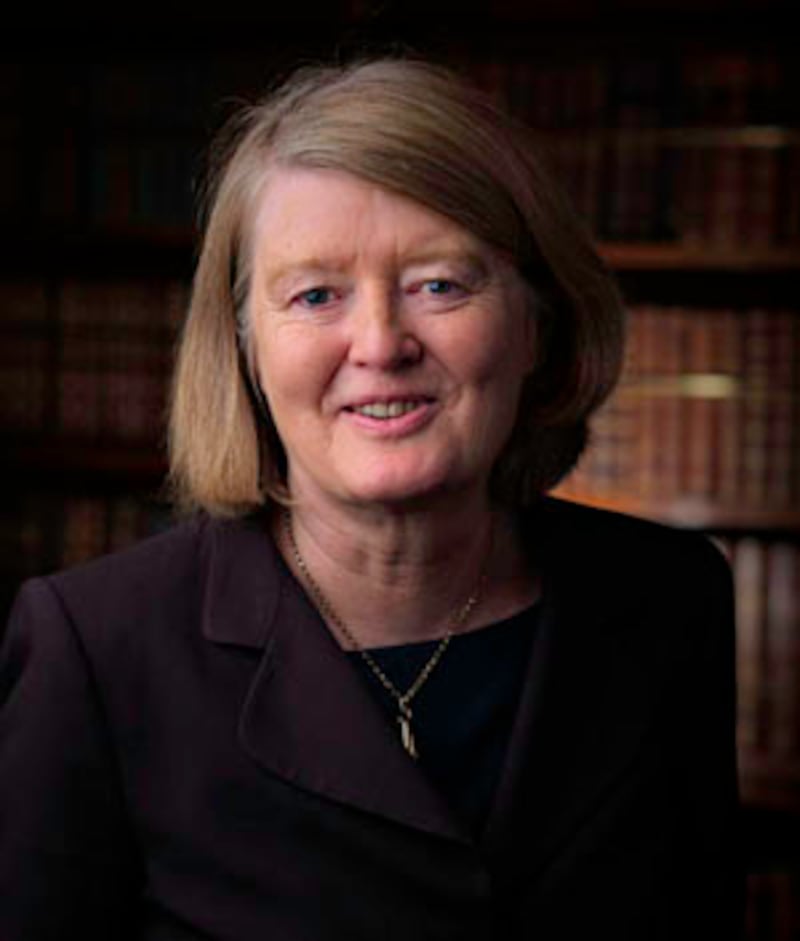It is now entirely clear that the report of the Commission of Investigation into Mother and Baby Homes cannot be allowed to stand. In the past week, deep doubts about the methodology and assumptions of the commission have turned into one abiding certainty: this report fundamentally misrepresents the experiences of the 550 survivors who gave evidence to the confidential arm of the commission.
Two big things have happened. The first is that one of the three members of the commission, the highly respected historian Prof Mary Daly, told an Oxford seminar that the commission effectively disregarded the evidence of those survivors in reaching its conclusions.
She also said that the whole structure of the commission, with the investigative arm running in parallel to a confidential committee that heard from survivors, was wrong: “I do think running the two side by side, which was not our decision, was not a wise idea.”

This is in itself extraordinary. At least one of the members of the commission knew that its basic design was awry. This alone invalidates the report. The result of a process so completely unsound cannot itself be sound.
The second thing that has happened is the publication by the Dublin Review of a long, forensic and utterly devastating analysis of the commission's methodology by Catriona Crowe.
Conflated testimony
Crowe is a key figure in the development of archives-based historiography in Ireland. Arguably no one has been more influential in the enriching of public memory – her work as head of special projects at the National Archives includes, for example, the placing online of the 1901 and 1911 census returns.
Crowe begins by publishing for the first time the actual testimony to the commission of a survivor, Caroline O’Connor, who became pregnant in 1980 when she was 17, was sent to Árd Mhuire in Dunboyne and, two days after the birth of her son, while “still disorientated and in pain”, signed papers giving him up for adoption.
Perhaps uniquely among the 550 survivors who gave evidence to the confidential committee, O’Connor both prepared a detailed written statement and recorded her own testimony. It is thus possible to compare what she actually said with what appears (in an anonymised but recognisable form) in the report.
It is beyond doubt that this witness did not say what the report claims she said. The report quotes her (using actual quotation marks) as saying that she and her boyfriend “really loved each other”. She simply didn’t say this. It does not appear on the recording or in her written testimony.
The impressions of the interviewers – not the experiences as described by the survivors – became the "evidence"
The report also quotes her as describing the suicide of her own mother, herself a survivor of rape and of incarceration in a Magdalen laundry: “The witness found her ‘with her head in the oven, with slit wrists, having taking overdoses’.”
This is not what O’Connor said. It conflates her testimony of her mother’s three different suicide attempts into a single incident, making it sound ridiculous and grotesque.
Impressions vs evidence
What is clear from this and from other evidence carefully examined by Crowe is that the confidential commission did not actually use the direct evidence of the 550 women, even though it had that evidence on tape.
It relied instead on notes taken during the hearings in which rough summaries became “quotes”. The impressions of the interviewers – and not the experiences as described by the survivors – became the “evidence” that appears in the report.
There is no suggestion that any of this was done in bad faith – those working on the report were obviously sincere in their belief that this was the best way to proceed.
Yet it is hard to overstate how wrong this belief is. In any context (even a trivial celebrity interview for a newspaper), it would be bad practice not to use the tapes and instead to produce general impressions as actual quotes.

But in this context, what happened is much more serious. The context is trauma, shame and marginalisation. We are dealing, not with tittle-tattle, but with women coming forward to tell the truths that were quite literally hidden away.
Their babies were taken away. Now their stories have been taken away. Forced adoption has been repeated as careless adaption
These are women whose identity and autonomy had been stripped from them. The whole purpose of the confidential process was to give them back these things by acknowledging and recording as part of the official memory of the State what really happened to them.
Instead, the procedure adopted by the commission re-victimised these women by depriving them of ownership even of their own testimony. What they actually said did not belong to them – it was raw material for someone else to shape.
Once, their babies were taken away. Now, their stories have been taken away too. Forced adoption has been repeated as careless adaption.
The whole process is thus doubly dismissive. In the formal investigative report, the evidence of the survivors counted for very little. But even in the other half of the commission, the one that actually heard that evidence, its integrity was utterly disrespected.
It is a very serious thing for the State to conclude that an independent investigation, conducted in good faith in order to right a historic injustice, has in fact redoubled that injustice. But after Daly’s comments and Crowe’s icily brilliant analysis, no other conclusion is possible.









